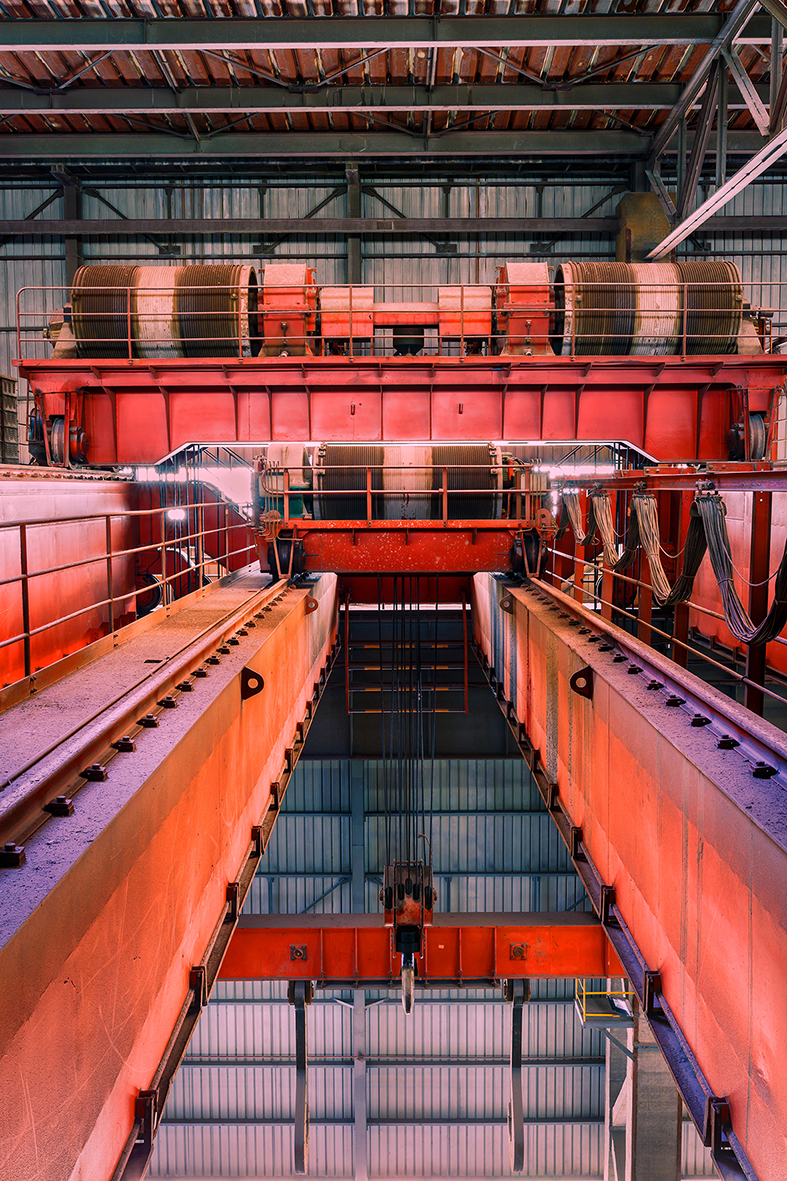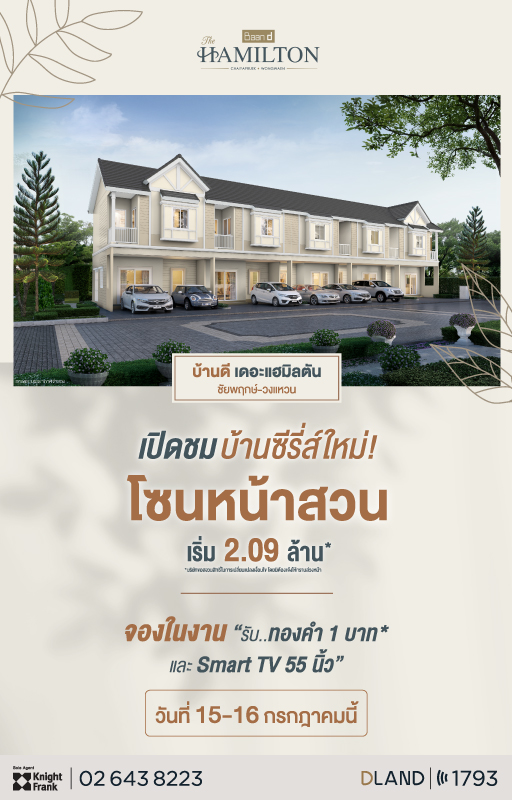Knight Frank Thailand expects to see a slow recovery in industrial land sales and demand in factory space, given the state of the economy; recent data has shown some positive signs of improvement. Thanks to efficient infrastructure in Thailand, including transportation and public utilities, Thailand remains the prime destination for foreign investors due to its central geographical location in the region, affording good connectivity to Cambodia, Laos, Myanmar, and Malaysia.
However, there are risks, which investors need to take into a consideration, such as political uncertainty, which had a huge impact on the market as witnessed in 2014. Also, the global economic climate can influence the decision of foreign investors. Thailand remains an attractive investment destination, characterized by a high level of infrastructure, favourable geography, capable labour force, and a solid financial system. The BOI’s new incentives policy has been enforced in 2015; this is expected to yield encouraging results, as the government aims to facilitate industrial growth even further.
Mr. Marcus Burtenshaw, Executive Director and Head of Commercial Agency, Knight Frank Thailand Co., Ltd. said, “We expect to see continued growth in 2016 specifically from new investment in the electronics, auto parts, food and renewable energy sectors, and while Japanese investment remains subdued, we are starting to see increased activity from European and increasingly, Chinese firms.”
According to Knight Frank Thailand’s Research, at the end of 2015, the total supply of Serviced Industrial Land Plot (SILP) was 151,194 rai, increasing by 4,033 rai or 2.7% from the previous year. On average, since 2011, the SILP supply has been constantly increasing by 2 to 8% yearly, which comprise both new and expansion of existing industrial estates.
Industrial land sales increased to 3,549 rai, reflecting recovery from the previous year, and an increase of 1,273 rai or by 55.9%. This year’s drastic rise was due to a fall of sales in 2014, which was affected by domestic political tension. During the end of 2013 until mid 2014, the Board of Investment of Thailand was not able to authorise any projects that required large capital, which affected the volume of transactions for industrial land in that year. In addition, foreign investors were being increasing cautious due to the political uncertainty.
Figure 1

Industrial estates in Bangkok – Samut Prakarn – Bangprakong boast the highest average selling price at 10.71 million baht per rai. This is followed by industrial estates in the Eastern Seaboard Zone at 4.86 million baht per rai, and those in the Northern Zone (Pathumthani-Ayutthaya) at 3.98 million baht per rai.
On average, the industrial land price increased between zero and 4.4% from last year. The Northern Zone (Pathumthani- Ayutthaya) region recorded the highest growth in 2015 of around 4.4%, followed by the Eastern Seaboard zone with growth of 3.3%. From 2012 to 2013, industrial land in Suvarnabhumi- Bangpakong and the Eastern Seaboard region increased by 10% since it was unaffected by the flood; it also became highly sought after by manufacturers and developers. And some industrial estates had increased their asking prices by up to 25%.
Figure 2

The total supply of ready-built factories as of 2015 was recorded at 2,745,232 square metres, an increase of 6.4% from 2,580,036 square metres at the end of 2014. During 2012 to 2013, the supply increased massively in locations that were not affected by the 2011 floods, such as the Eastern Seaboard and Suvarnabhumi- Bangpakong.
Figure 3

Chonburi includes the largest share of ready built factories at 30% by square metres because it is home to many large scale industrial estates. It is a key production hub for Thailand’s massive automotive industry. Samutprakarn has the second largest share at 21% thanks to its convenient location at a half point between Laemchabang Port and Bangkok. The Eastern Seaboard commands the largest supply share in the rental factory market due to its proximity to Laemchabang Port and a number of industrial estates. It consists of two provinces in the Eastern part of Thailand: Chonburi and Rayong.
Figure 4

The ready built factory occupancy rate was 73.0% as of the end of 2015, a drop of 4.2% compared to the rate in 2014. This was mostly due to an increase in the rental factory supply since 2012 whilst demand growth has been consistently and relatively weaker. The total demand for rental factory space at the end of 2015 was 2,002,988 square metres, an increase of almost 10,890 square metres from the previous year.
Figure 5

In 2015, the Suvarnabhumi – Bangpakong zone, encompassing Bangpakong, Samut Prakarn, Eastern Bangkok and Chachengsao, enjoyed the highest occupancy rate of 90.3%, followed by the Eastern Seaboard at 73.9%. The occupancy rates of rental factories were lowest at 60.7% in Pathumthani and Ayutthaya.
On average, the ready built factory rental rate increased by 1.4% to 206.9 baht per square metre per month. Only the rate in Pathumthai – Ayutthaya did not grow; in fact, the trend was to stay the same due to the lowest occupancy rate. The Eastern Seaboard commanded the highest rental rate of 227.3 baht per square metre per month owing to the fact that most of the factories are located inside industrial estates, where factories can get more incentive from IEAT.
Figure 6

The asking rental rate was the highest in Chonburi and Chachoengsao provinces at 250 baht per square metre per month. The second highest was in Samutprakarn and Rayong, at 230 baht per square metre per month. The highest rate in Ayutthaya was at 220 baht per square metre per month. Provinces unaffected by the floods, such as Chonburi, Chachoengsao, Samutprakarn and Rayong, commanded the highest rents.














